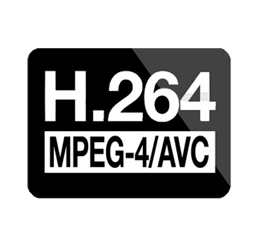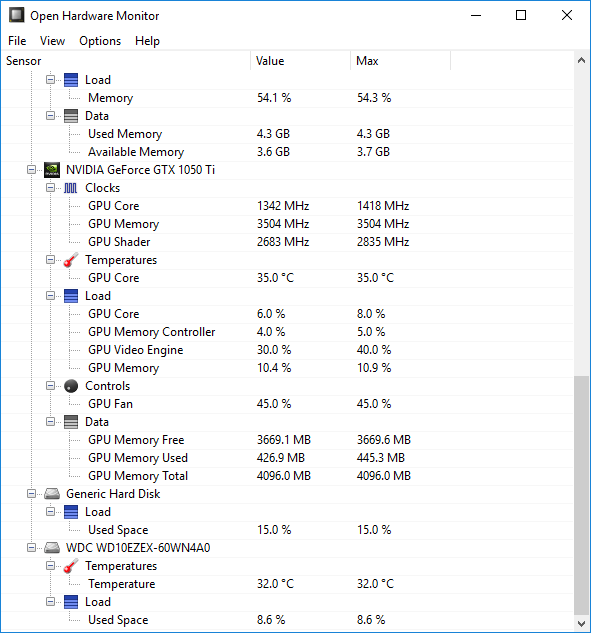

I am currently trying to record a Video on my Lenovo Laptop with its Built-In Webcam using FFmpeg on Windows 10.

You will likely want to record lossless with a hardware encoder for the speed and then later use a software encoder like libx264 or libx265 to reduce the file size. Note that while it's much faster, the file sizes will be significantly larger than with libx264 or libx265 for the same quality - that's just how hardware encoders are at present time. Rate Control Based Frame Skip (default false)įor example, ffmpeg -i input.mkv -c:v hevc_amf -rc cqp -qp_p 0 -qp_i 0 -c:a copy output.mkv would be lossless.

quantization parameter for I-frame (from -1 to 51) (default -1) quantization parameter for P-frame (from -1 to 51) (default -1) max quantization parameter for P-frame (from -1 to 51) (default -1) min quantization parameter for P-frame (from -1 to 51) (default -1) max quantization parameter for I-frame (from -1 to 51) (default -1) min quantization parameter for I-frame (from -1 to 51) (default -1) GOPs per IDR 0-no IDR will be inserted (from 0 to INT_MAX) (default 60) Set header insertion mode (from 0 to 2) (default none) Set the rate control mode (from -1 to 3) (default -1) Set the encoding quality (from 0 to 10) (default speed) Set the encoding level (default auto) (from 0 to 186) (default auto) Set the profile tier (default main) (from 0 to 1) (default main) Set the profile (default main) (from 1 to 1) (default main) Set the encoding usage (from 0 to 3) (default transcoding) Enable AMF logging to debug output (default false) Inserts AU Delimiter NAL unit (default false) Context Adaptive Binary Arithmetic Coding Context Adaptive Variable-Length CodingĬabac E.V. Coding Type (from 0 to 2) (default auto)Ĭavlc E.V. Intra Refresh MBs Number Per Slot in Macroblocks (from 0 to INT_MAX) (default 0) Reference B-Picture Delta QP (from -10 to 10) (default 4) Enable Reference to B-Frames (default true) B-Picture Delta QP (from -10 to 10) (default 4) Header Insertion Spacing (from -1 to 1000) (default -1) Maximum Access Unit Size for rate control (in bits) (from 0 to INT_MAX) (default 0) Quantization Parameter for B-Frame (from -1 to 51) (default -1) Quantization Parameter for P-Frame (from -1 to 51) (default -1) Quantization Parameter for I-Frame (from -1 to 51) (default -1) Rate Control Based Frame Skip (default false)

Rate Control Method (from -1 to 3) (default -1)Ĭqp E.V. Quality Preference (from 0 to 2) (default speed) Profile Level (from 0 to 62) (default auto) Encoder Usage (from 0 to 3) (default transcoding) Here are the options for the h264_amf (H.264) and hevc_amf (H.265 or HEVC) encoders which you would use with an AMD graphics card, taken from ffmpeg -h full: h264_amf AVOptions: Current versions of ffmpeg now support hardware encoding for the major GPU vendors.


 0 kommentar(er)
0 kommentar(er)
